|
Our days here in the Raggeds have been very relaxing. We wake up late and then slowly sip our coffees while checking out the beautiful scenery from our cockpit. Next on the agenda is heading to shore for Ocean’s first shore puppy play date with Josie, the 10-month old pot cake (mixed breed Bahamian dog) owned by Dale, one of our anchorage mates. The two dogs have become fast friends and exhaust themselves with running, tug-of-war, chewing on sticks and swimming. It is puppy nirvana. The rest of our day depends on our needs. We may do a load of laundry or make water or go to Duncan Town to drop off garbage and see if the store is open. Or we may clean the boat. Scratch that. We almost always clean the boat. We are mostly trying to stay on top of “sand intrusion” these days. Having a dog that loves the beach means that we are constantly trying to keep “the beach” out of our boat. Ocean gets a full fresh water rinse down on the swim platform of Wild Horses every time we return to the boat but it really isn’t enough. The sand is deep in her fur and only works its way out throughout the evening. We vacuum a lot! Besides puppy play dates, we have also made it a habit to head to shore during low tide. The depths in the anchorage are very “skinny”, just 3 to 4 metres at high tide and the adjacent shoreline is even more shallow than that. At low tide we can beach our dinghy on shore and walk half a kilometre into the sea, with the ocean being no higher than our shins. And the water is so clear, you can see everything. An incredible sea life ecosystem is revealed for us to enjoy. With the warm water moving against our legs, we stroll through the clean, silky sand and marvel at starfish, sand dollars, sea slugs, the occasional nurse shark, sting ray or turtle, and lots of shells. Including conchs (pronounced “konks”). Low tide makes hunting for conchs very easy. They are just sitting on the sand, slightly exposed above the water. These sea snails can be found throughout the Bahamas and although they look ghastly when extracted from their shell, they are actually quite delicious once they are cleaned and prepared. Most conchs that we come across are juveniles. Their shell is small and they haven’t yet developed the large smooth and glossy pink lip of a mature conch. Those conchs are left alone to keep growing (it can take up to five years). But we have been lucky here! Our wanderings at low tide have yielded us three mature conchs. What do we do with these creatures? We take them to the boat where Mike delicately extracts the meat. I then clean off all the nasty bits and tenderize the meat with a mallet. So far, we have only been courageous enough to make cracked conch, which is really just breaded and fried conch. It is such a tasty treat that we really don’t mind all the work that goes into getting it from sea to table. In fact, when our fellow cruiser Pierre snagged five beautiful mature conchs while snorkelling near our boat a few days ago, it was an easy “yes” from us to get the conch ready for a cracked conch feed on their beautiful catamaran “Umbono”. It was a fun time made even more amazing knowing we had harvested our own dinner 😊. Today we start travelling north again. We will head towards Georgetown, but it will likely take us a good week to get there as we plan to stop at several anchorages in the Raggeds/Jumentos along the way. We just aren’t ready to say farewell to this beautiful and inspiring part of the Bahamas. Enjoying the blog? Please share! And if you want more info on where we are today and where we are going next, click the buttons below.
Comments are closed.
|
AuthorVictoria is a hiker, dog-lover, blog writer and planner extraordinaire. Oh, yeah and she is kind of fond of living on a boat. Categories
All
Archives
June 2024
|






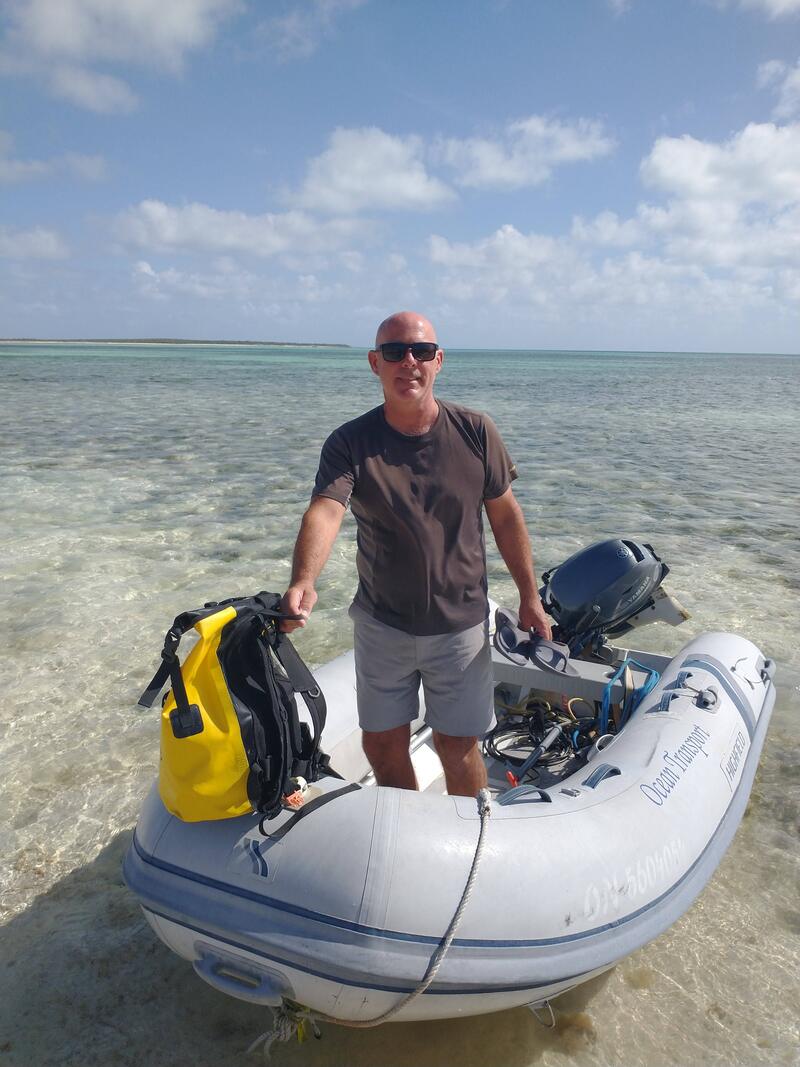
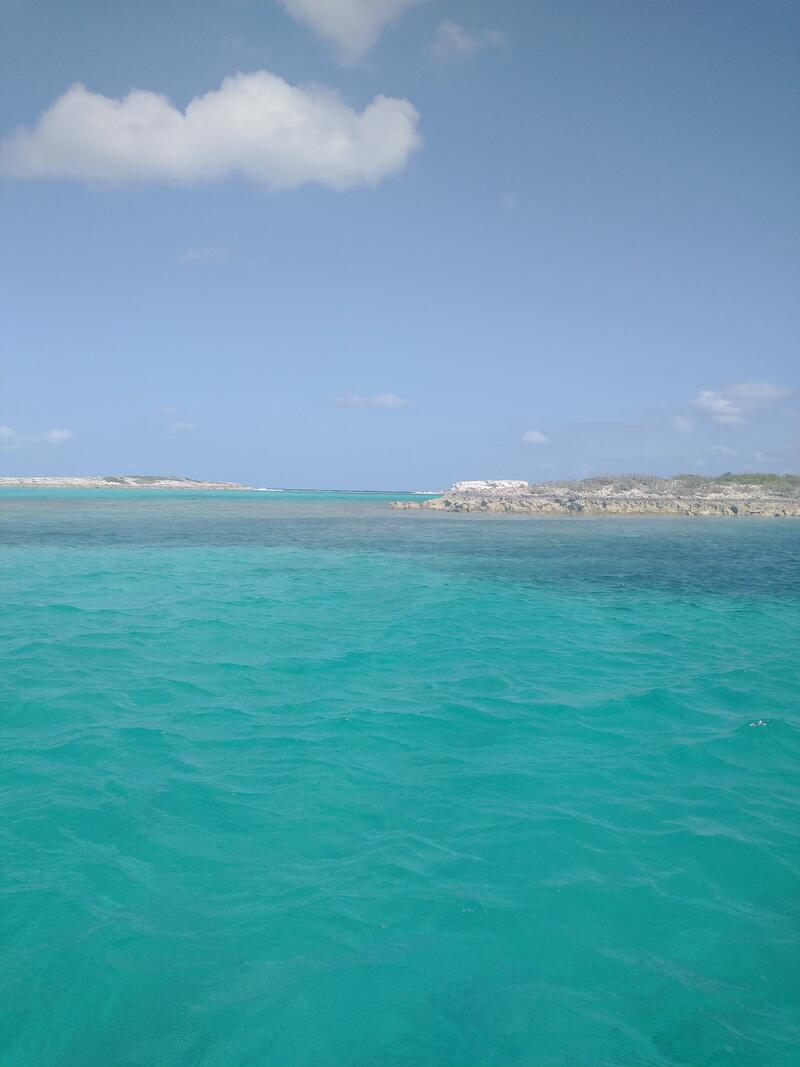



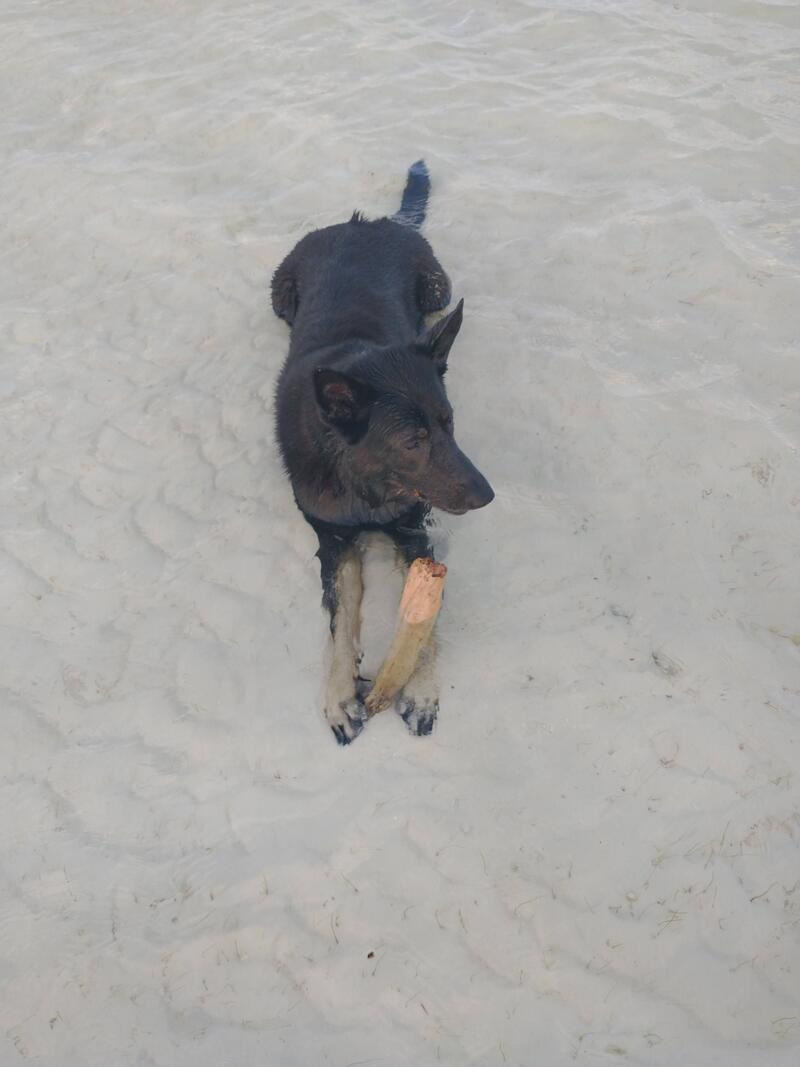





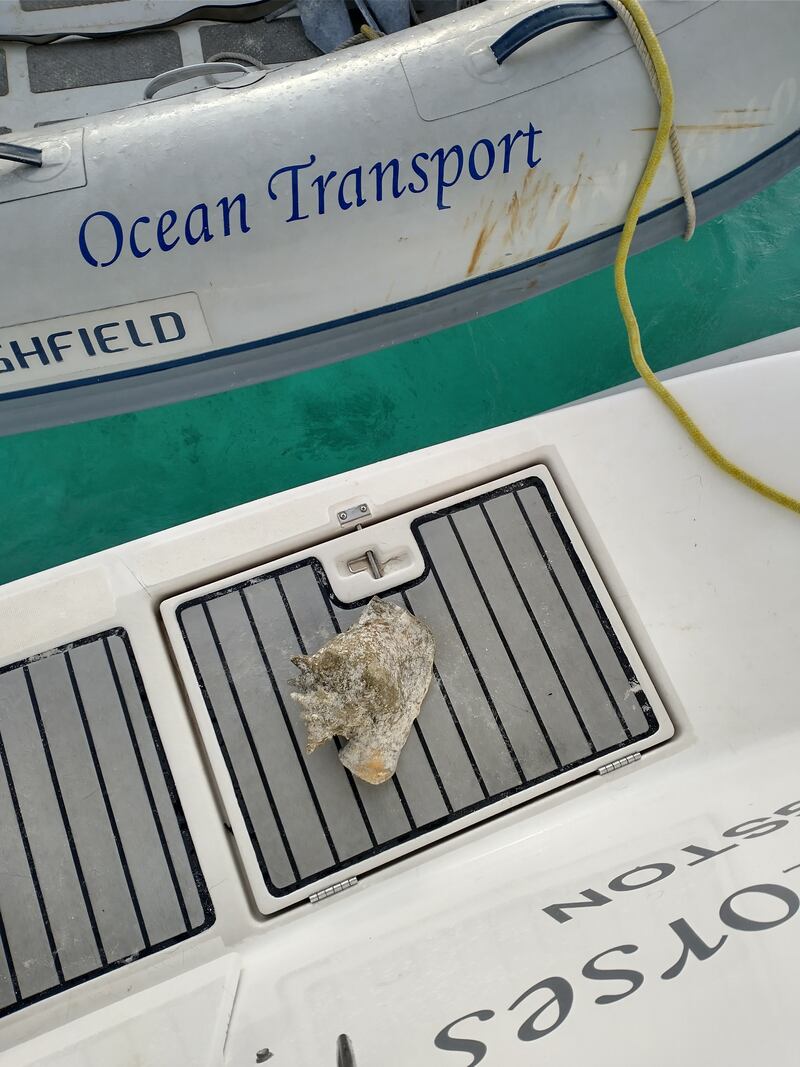
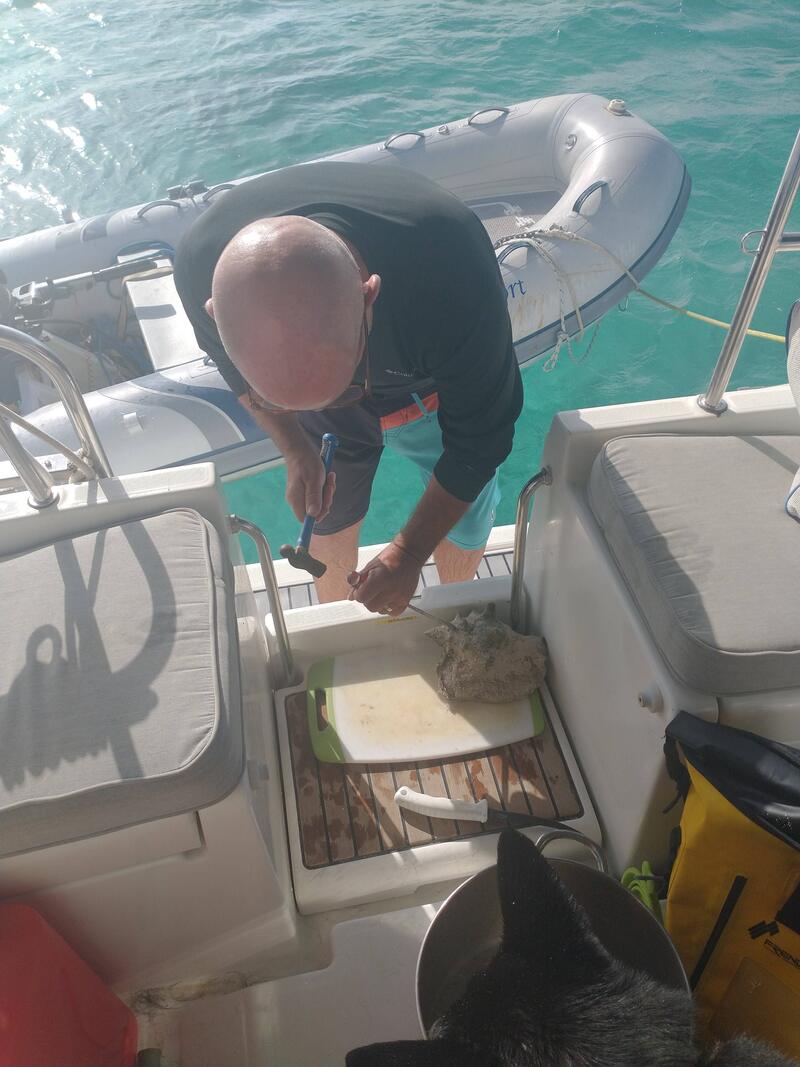




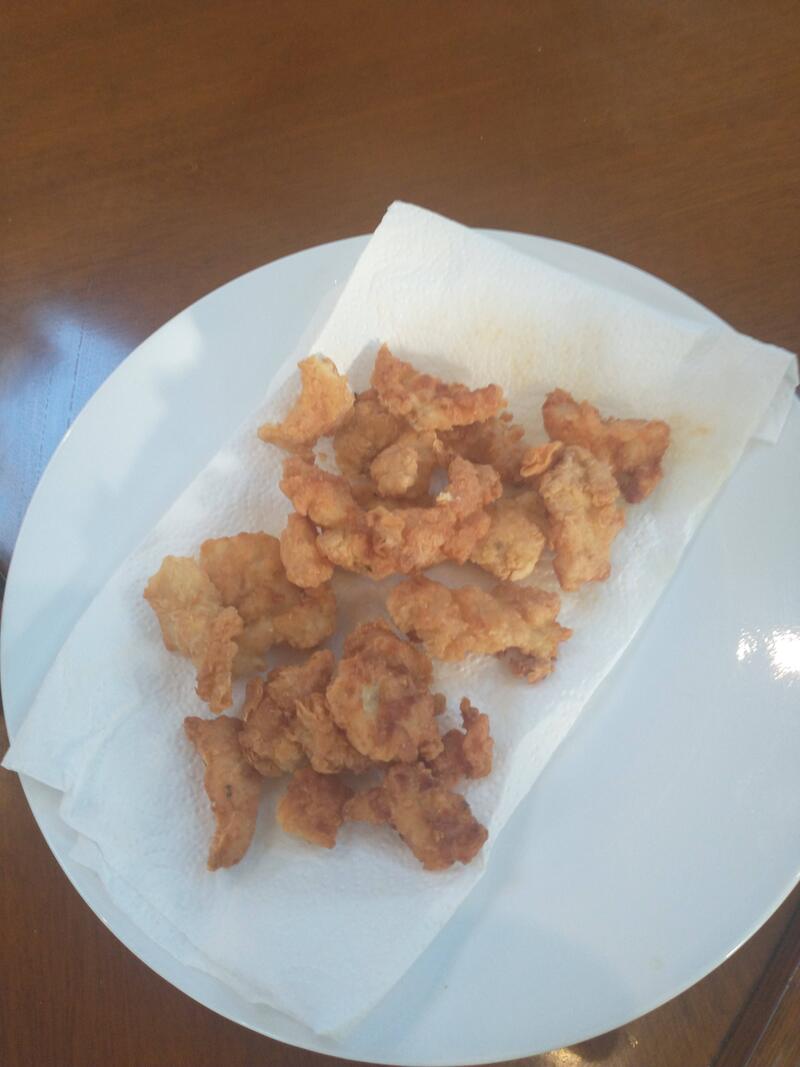
 RSS Feed
RSS Feed
